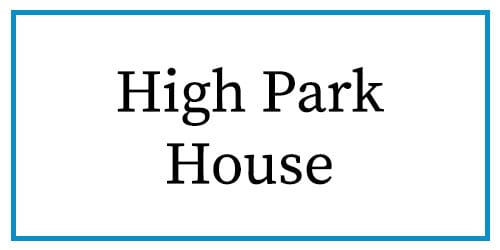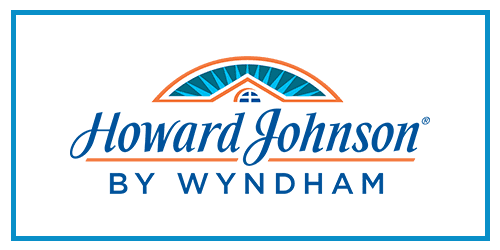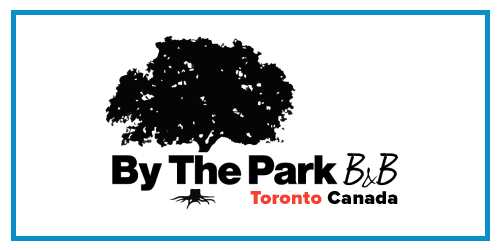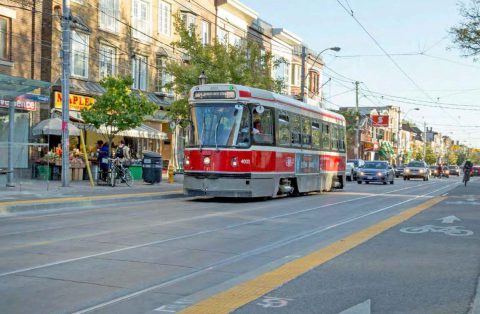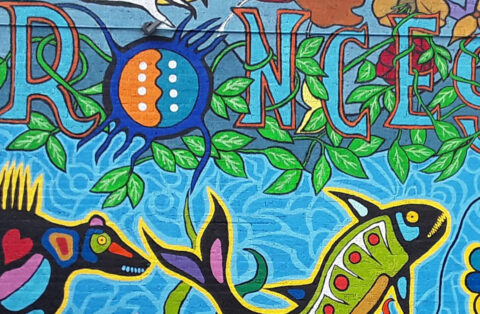 Roncesvalles Village
Roncesvalles Village
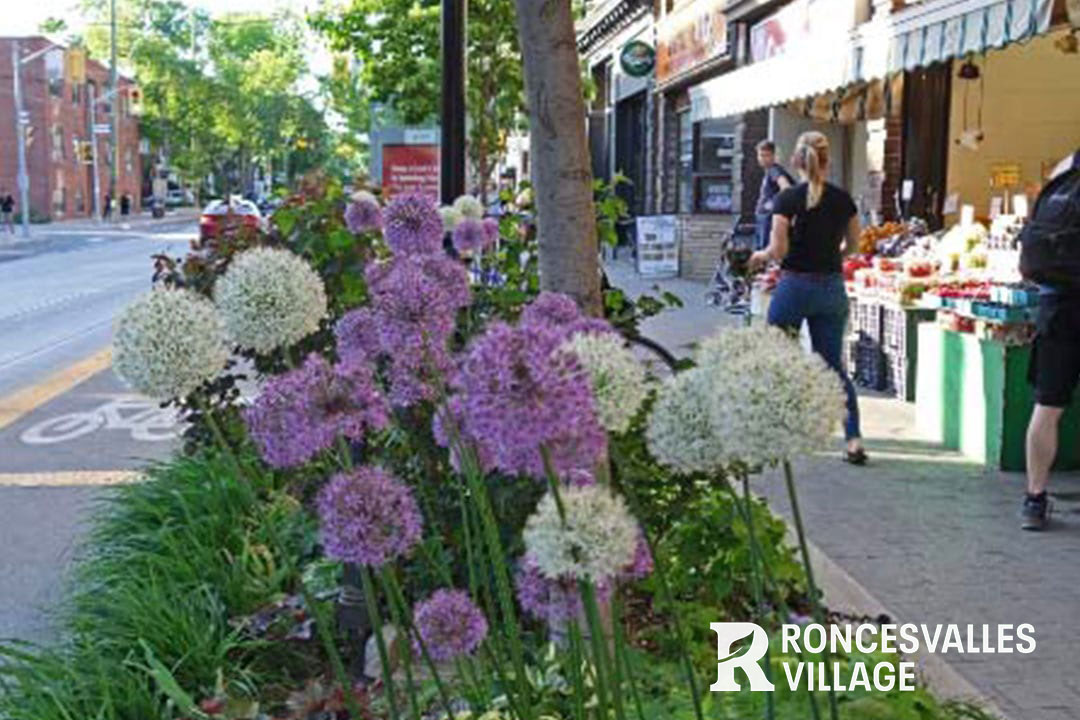
 How to Get Here
How to Get Here
TRANSIT
Roncesvalles Village is incredibly well-served by public transit. A few minutes walk north of Roncesvalles Avenue is Dundas West Subway Station.From the Dundas West station, you can walk or take the 504 King streetcar, which travels the length of Roncesvalles Avenue.
In the north end, Roncesvalles is visited by the 506 Carlton streetcar and the 505 Dundas car.
At the south end, Roncesvalles is served by the 501 Queen and 508 Lakeshore streetcars.
The UP Express that runs between Union Station to Pearson Airport stops at the Bloor Station, a six minute walk to Roncesvalles.
CYCLING
There are lots of great ways to get to Roncesvalles Village by bicycle. We are close to the West Toronto Railpath and the Martin Goodman Trail.- From High Park take High Park Blvd.
- From the Martin Goodman Trail take the Roncesvalles Pedestrian Bridge near the Palais Royale.
- From the West Toronto Railpath take the Dundas St. West exit and head west over the bridge. The 5 roads on your left will take you into Roncesvalles Village.
Once in the village, you’ll find:
- Lots of bike rings and tree guards for locking up your bikes on Roncesvalles.
- Bike ramps next to the TTC stops reduce streetcar track wheel traps.
- The Fermanagh Bike Lane runs from Sorauren Ave. to Roncesvalles Ave.
- Five Bike Share stations on or near Roncesvalles Ave.
WALKING
There are lots of cool routes to get to Roncesvalles Village by foot within 15 to 30 minutes.- From High Park
- From Lake Ontario’s Sunnyside Boardwalk
- From Toronto West Railpath
- From Bloor West Village
- From Bloordale Village
- From Brockton Village
- From Dufferin Grove
- From Little Portugal
- From Parkdale Village
- From Swansea
- From The Junction
- From West Bend
PARKING
If you need to use your car, there are:- 220 metered parking spots along Roncesvalles.
- Parking lots on or near Roncesvalles Ave.
- Parking on side streets — please observe stated parking times
- Loading Zones are for delivery trucks only
 Accommodation
Accommodation
Looking for a place to stay?
 Points of Interest
Points of Interest
- Dundas Roncesvalles Peace Garden
- Hairspray (2007 film): Most street scenes shot at Dundas St. West & Roncesvalles Avenue intersection
- The Revue Cinema: Longest running independent cinema, opened in 1911 (400 Roncesvalles)
- Old Country Shop: opened in 1961, (355 Roncesvalles)
- Roncesvalles Sidewalk Gardens: 21 gardens were created in 2011 and are now maintained by community volunteers
- Roncesvalles United Church: The Erskine building (1925), destroyed by fire in 1927 was rebuilt in 1928 (Wright & Roncesvalles). The location of the Wall of Welcome, the first Indigenous mural in a church in Canada
- High Park Library: (1916) One of Toronto’s Carnegie Libraries
- Architectual Walk and Urban Planning in Roncesvalles Village
- Apartment Building at 150 Fermanagh. Formerly the York County Loan and Savings Bank, it was converted to apartments after its founder Joseph Phillips, a charming scam artist, was arrested for fraud.
- The Ace: restored 1950s diner (231A Roncesvalles)
- Other heritage properties along Roncesvalles (16 locations)
- Pope John Paul II Statue at St. Stanislaus-St. Casimir’s Polish Parishes Credit Union (220 Roncesvalles)
- St. Casimir’s Church (1952) Built during the influx of Polish immigrants (156 Roncesvalles)
- Katyn Monument south of the Roncesvalles intersection at King & Queen streets west.
- Roncesvalles Pedestrian Bridge connects to the waterfront on Lake Ontario
In Roncesvalles Village
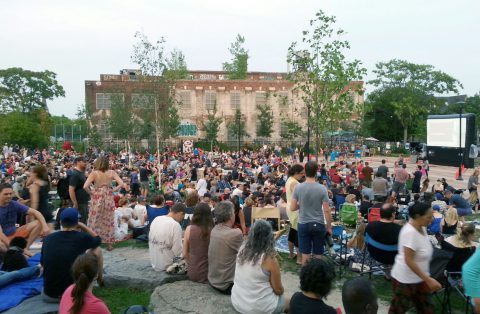
- Sorauren Park on the east side of Roncesvalles Village
- Charles G. Williams Park south of Sorauren Park
- High Park Boulevard: Part of Joseph Phillips vision for the Roncesvalles neighbourhood, with a grand gate. Completed by Robert Home Smith, the young lawyer who liquidated Phillips assets for National Trust. Leads to Toronto’s High Park west of Roncesvalles Village.
- Former Bank of Toronto at the top of Roncesvalles. The notorious Boyd Gang robbed this bank in November 1951 following one of their two dramatic escapes from the Don Jail. (2211 Dundas St. W.)
 Village History
Village History
Early History
Much of the land west of Roncesvalles was once part of Sunnyside Farm, owned by John Howard, Toronto’s first surveyor and one of Canada’s greatest architects. In 1873, Howard donated a large chunk of land to the City of Toronto. In 1890, he also donated his beloved Colborne Lodge and the surrounding land. These great gifts formed most of what is today High Park, the largest in Toronto.
Colonel Walter O’Hara owned most of the land on the east, living on a large estate he named West Lodge. He named Roncesvalles after the gorge where he fought during the Battle of the Pyrenees in 1813. Many other neighbourhood streets have an O’Hara connection, such as Marion (named for his wife), and Constance (named for his daughter). Fermanagh is the county of his birth in Ireland. The Colonel died in 1874.
Residential homes began to appear from the early 1900s on, as Toronto experienced a massive building boom. The Ocean View Hotel and Sunnyside Amusement Park spurred the development of Roncesvalles Avenue. For the first half of the 20th century, Roncesvalles residents were mostly of British origin. In the post WWII years, a large number of Polish immigrants settled in the area, setting up churches, banks and businesses which remain important local institutions. Every year, Roncesvalles celebrates the Polish contribution to Toronto’s cultural mosaic with the Roncesvalles Polish Festival.
Learn about the 11,000 Year Heritage of Roncesvalles Avenue.
 Land Acknowledgement
Land Acknowledgement
We acknowledge that Roncesvalles Village lies on the treaty lands of the Mississaugas of the Credit First Nation, and on the traditional lands of the Mississauga Anishnaabeg, Haudenosaunee, Wyandot and Wendat Indigenous peoples. There are many untold stories set on this land we call Toronto, with the people who have lived here for thousands of years, and we recognize our need to learn more. In our neighbourhood, the search to better understand our living history of Indigenous habitation, loss, and dispossession, starts with the Dundas Roncesvalles Peace Garden and the The Original People Leading to the Eighth Fire.


